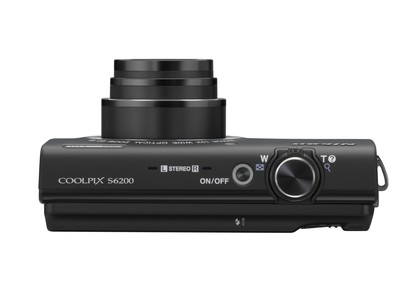Why you can trust TechRadar

By using a CCD sensor instead of the latest backlit CMOS sensors found in many of the latest compact digital cameras, the Nikon Coolpix S6200 isn't a trailblazer when it comes to producing quality images at high sensitivities.
Images at low sensitivities are chock full of detail, and although a little noise can be seen in the shadows, the image quality is still very good. Raising the sensitivity to ISO400 results in slight softening of fine details, but this is only noticeable on close examination, and images taken at this setting will still produce decent prints.
Increasing the sensitivity further results in increases softening due to noise reduction, but the noise doesn't begin to become intrusive until ISO1600, where colour saturation takes a noticeable drop, and the noise present becomes more granular.
Images taken at the highest setting of ISO3200 are really quite noisy and are probably best kept for sharing at small sizes on the web, or for those times when there is no alternative but to use such a high sensitivity.
Colours could be described more as vibrant than accurate, using default settings. Reds especially are very strong, whereas blues and green appear more subdued. There are different colour setting available for those who like their colours more or less vibrant than the default settings produce.
The 720p videos recorded by the Nikon Coolpix S6200 are clear, sharp and smooth. A mini HDMI port connection is provided, so footage can be watched on a high definition television (HD TV) straight from the camera.
Options for recording are limited, with controls for resolution, autofocus and wind noise reduction being the only options provided. Moving the camera from light to dark and dark to light areas shows up a lag in exposure adjustment, and the continuous autofocus setting struggles to keep up with the slowest moving subjects, especially if using the zoom while recording.
Sign up for breaking news, reviews, opinion, top tech deals, and more.
The TechRadar hive mind. The Megazord. The Voltron. When our powers combine, we become 'TECHRADAR TEAM'. You'll usually see this author name when the entire team has collaborated on a project or an article, whether that's a run-down ranking of our favorite Marvel films, or a round-up of all the coolest things we've collectively seen at annual tech shows like CES and MWC. We are one.
